Home>Furniture & Design>Outdoor Furniture>When Will Outdoor Plants Start Budding
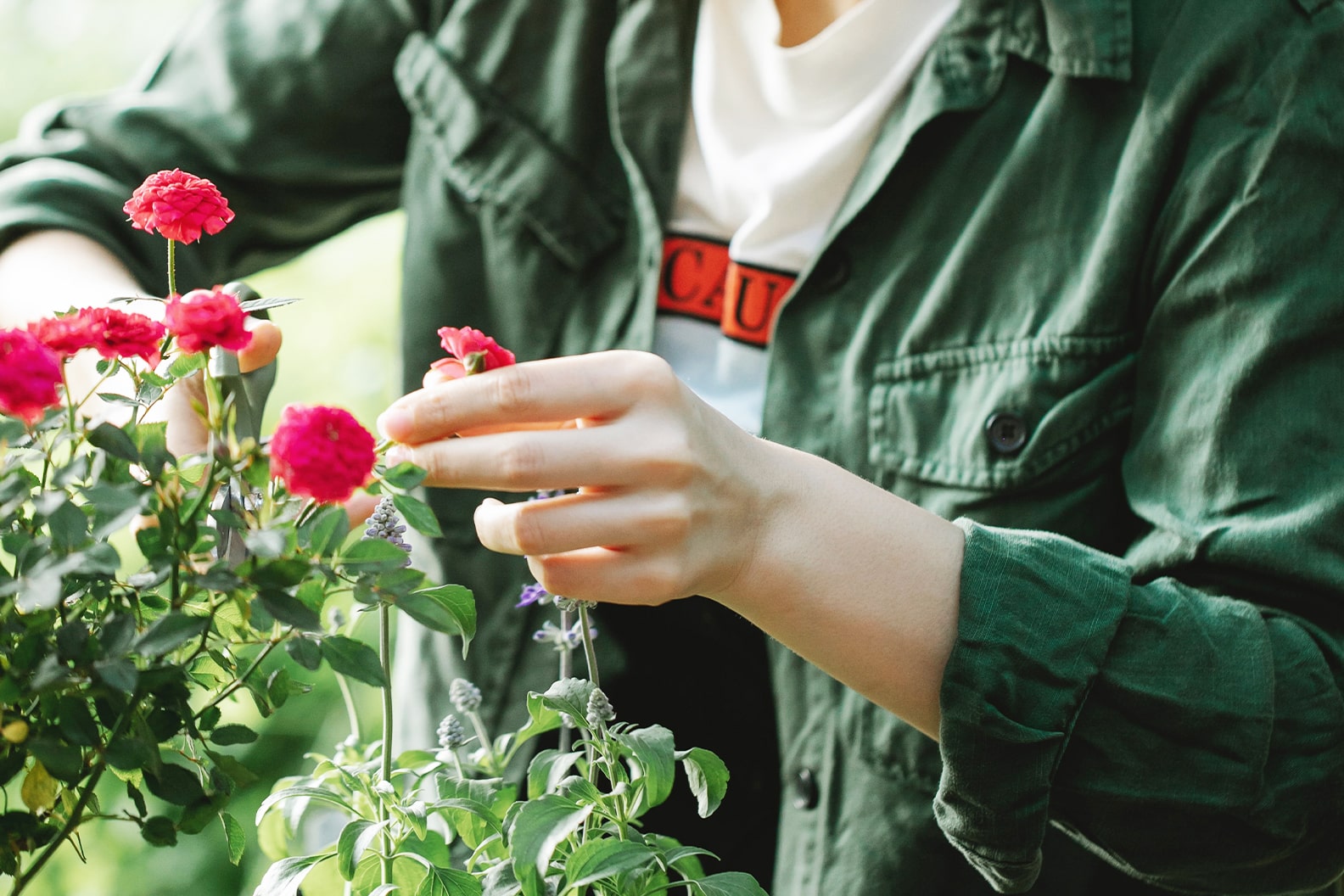

Outdoor Furniture
When Will Outdoor Plants Start Budding
Published: February 12, 2024
Discover when outdoor plants will start budding and blooming. Get expert tips on outdoor furniture, design, and care for your outdoor space.
(Many of the links in this article redirect to a specific reviewed product. Your purchase of these products through affiliate links helps to generate commission for Storables.com, at no extra cost. Learn more)
Introduction
Read more: When To Start Seeds For Spring Planting
Introduction
When the winter chill begins to thaw and the sun starts to linger a little longer in the sky, gardeners and nature enthusiasts eagerly anticipate the arrival of spring. The transition from the dormant, subdued landscape of winter to the vibrant, blooming scenery of spring is a captivating spectacle. One of the most eagerly awaited signs of this seasonal shift is the budding of outdoor plants. This natural phenomenon marks the awakening of nature from its wintry slumber, bringing forth new life and vibrant colors to the outdoors.
The process of budding is a fascinating and intricate aspect of plant life. It signifies the commencement of a plant's growth and the promise of forthcoming blossoms and foliage. As the days lengthen and the temperatures rise, outdoor plants respond to these environmental cues, preparing to burst forth in a display of vitality and renewal. Understanding the factors that influence the budding of outdoor plants, the different types of plants that grace our outdoor spaces, and the indicators that herald the arrival of this transformative phase can deepen our appreciation for the wonders of nature.
In this article, we will delve into the captivating world of outdoor plant budding, exploring the factors that influence this natural phenomenon, the diverse types of outdoor plants that undergo this process, the role of climate in shaping budding patterns, and the telltale signs that herald the arrival of this rejuvenating spectacle. Join us on this enchanting journey as we unravel the mysteries of outdoor plant budding and gain a deeper understanding of the captivating rhythms of nature.
Key Takeaways:
- Outdoor plants start budding in spring due to factors like temperature, daylight, moisture, nutrients, and genetics. This process signifies nature’s resilience and the promise of new life.
- Recognizing signs of budding, such as swelling buds and colorful blossoms, allows us to witness nature’s renewal and the timeless rhythms of growth and change in outdoor plants.
Factors Affecting Budding
The budding of outdoor plants is influenced by a myriad of factors, each playing a crucial role in shaping the timing and intensity of this natural process. Understanding these factors can provide valuable insights into the intricate mechanisms that govern plant life and the environment. Let’s explore the key elements that influence the budding of outdoor plants:
- Temperature: One of the primary factors influencing budding is temperature. As the winter frost gives way to milder spring temperatures, plants respond to this shift by initiating the budding process. Different plants have specific temperature thresholds that trigger budding, ensuring that they synchronize their growth with the prevailing climate.
- Daylight Duration: The lengthening of daylight hours as the spring season progresses serves as a crucial signal for plants to commence budding. The gradual increase in sunlight exposure prompts the activation of growth hormones within the plants, spurring the development of buds and new shoots.
- Moisture Levels: Adequate moisture levels in the soil are essential for promoting budding in outdoor plants. Consistent and sufficient water supply enables plants to channel their resources towards budding and growth, ensuring that they can flourish during the upcoming season.
- Nutrient Availability: The availability of essential nutrients, such as nitrogen, phosphorus, and potassium, profoundly impacts the budding process. Plants require a balanced supply of nutrients to support their budding and flowering stages, emphasizing the importance of soil fertility and proper nutrition management.
- Genetic Factors: Each plant species possesses unique genetic traits that dictate their budding patterns. Some plants may exhibit early budding tendencies, while others may require prolonged periods of warmth and sunlight before initiating this phase of growth. Understanding the genetic predispositions of different plant species is crucial for predicting their budding behavior.
By comprehending the intricate interplay of these factors, gardeners and nature enthusiasts can gain a deeper appreciation for the delicate balance that governs the budding of outdoor plants. The harmonious convergence of temperature, daylight duration, moisture levels, nutrient availability, and genetic predispositions orchestrates the mesmerizing spectacle of budding, underscoring the resilience and adaptability of nature.
Types of Outdoor Plants
Outdoor spaces are adorned with a diverse array of plants, each contributing to the tapestry of colors and textures that define the natural landscape. From majestic trees to delicate flowering shrubs, outdoor plants encompass a wide spectrum of botanical wonders. Understanding the various types of outdoor plants and their distinctive characteristics can enrich our connection with the natural world. Let’s explore some of the prominent categories of outdoor plants:
- Flowering Plants: These vibrant beauties grace outdoor gardens with their resplendent blooms, adding a burst of color and fragrance to the surroundings. From cheerful daisies and elegant roses to exotic orchids and cheerful sunflowers, flowering plants captivate the senses and infuse outdoor spaces with enchanting allure.
- Evergreen Trees and Shrubs: Evergreen plants retain their foliage throughout the year, showcasing lush greenery even during the winter months. These stalwart specimens, including majestic conifers and graceful holly bushes, contribute to the enduring charm of outdoor landscapes, providing year-round visual appeal and a sense of permanence.
- Deciduous Trees and Shrubs: Deciduous plants undergo seasonal leaf shedding, heralding the arrival of autumn’s vibrant hues and the renewal of spring foliage. These plants, such as maple trees, flowering dogwoods, and lilac shrubs, offer a mesmerizing display of seasonal transitions, symbolizing the cyclical rhythms of nature.
- Fruit-Bearing Plants: Fruit-bearing plants, including apple trees, berry bushes, and citrus trees, bestow outdoor spaces with a bountiful harvest of delectable fruits. These plants not only enhance the visual appeal of gardens but also provide a source of fresh, homegrown produce, fostering a deeper connection to the land and its abundance.
- Foliage Plants: Renowned for their diverse leaf shapes, textures, and colors, foliage plants encompass a wide range of ornamental grasses, ferns, and foliage-rich perennials. Their captivating foliage serves as a versatile canvas for landscaping, offering visual interest and architectural elegance to outdoor settings.
Each category of outdoor plants contributes distinctively to the multifaceted tapestry of nature, enriching outdoor environments with their unique attributes and botanical splendor. Whether it’s the dazzling blooms of flowering plants, the enduring presence of evergreen trees, or the seasonal transformations of deciduous foliage, outdoor plants offer a captivating symphony of life and beauty, inviting us to embrace the wonders of the natural world.
Climate and Budding
The intricate relationship between climate and the budding of outdoor plants underscores the profound influence of environmental factors on the natural world. Climate exerts a pivotal role in shaping the timing, intensity, and duration of budding, profoundly impacting the seasonal rhythms of plant life. Let’s delve into the intricate interplay between climate and budding, unraveling the nuanced dynamics that govern this captivating process:
Seasonal Variations: The transition from winter to spring heralds a dramatic shift in climatic conditions, triggering the budding of outdoor plants. As temperatures gradually rise and daylight hours lengthen, plants respond to these seasonal cues by initiating their budding phase. The arrival of spring marks a period of rejuvenation and renewal, compelling plants to awaken from their dormancy and embark on a journey of growth and vitality.
Microclimates: Within outdoor environments, microclimates exert localized influences on budding patterns. Sheltered areas, such as south-facing slopes or protected garden nooks, may experience slightly different budding timelines compared to open, exposed spaces. These microclimatic nuances underscore the adaptability of plants to varying environmental conditions, reflecting their resilience in navigating diverse climatic landscapes.
Climate Zones: Different climate zones, ranging from temperate to tropical, profoundly impact the budding behaviors of outdoor plants. Plants adapted to specific climate zones exhibit distinct budding patterns, aligning their growth cycles with the prevailing temperature, precipitation, and sunlight characteristics of their native habitats. Understanding the climate zones in which various plants thrive is essential for cultivating thriving outdoor landscapes.
Extreme Weather Events: Unpredictable weather phenomena, such as late frosts or unseasonable heatwaves, can disrupt budding processes, posing challenges to the resilience of outdoor plants. Sudden temperature fluctuations and adverse weather conditions may impact budding, potentially affecting the abundance and timing of blooms. These climatic uncertainties underscore the adaptive strategies that plants employ to contend with environmental vagaries.
The profound interdependence between climate and budding unveils the intricate dance of nature, where plants harmonize their growth patterns with the ever-shifting rhythms of the environment. By navigating the nuances of seasonal variations, microclimates, climate zones, and extreme weather events, outdoor plants showcase their remarkable resilience and adaptability, reaffirming their role as captivating ambassadors of the natural world.
Outdoor plants will start budding in the spring when the days start to get longer and the temperatures begin to warm up. Keep an eye out for new growth and buds forming on the branches.
Signs of Budding
The emergence of budding in outdoor plants heralds the arrival of a transformative phase, infusing the natural landscape with the promise of new growth and vibrant blossoms. Recognizing the signs of budding enables us to witness the unfolding spectacle of nature’s renewal, offering glimpses into the captivating journey of plant life. Let’s explore the telltale signs that signify the onset of budding in outdoor plants:
- Swelling Buds: One of the earliest indicators of budding is the swelling of dormant buds on trees, shrubs, and perennial plants. As the plants respond to the changing environmental cues, their buds undergo a visible transformation, signaling the imminent emergence of new shoots and leaves.
- Colorful Buds: Some plants exhibit distinctive bud colors as they prepare to bloom. From delicate pastel hues to vibrant bursts of red and pink, the evolving colors of buds offer a visual prelude to the forthcoming blossoms, hinting at the diverse floral displays that will soon grace the outdoor landscape.
- Leaf Unfurling: Deciduous plants begin to unfurl their tender, nascent leaves, signaling the commencement of their budding phase. The gradual unfolding of fresh foliage symbolizes the awakening of nature from its winter dormancy, infusing the surroundings with verdant hues and renewed vitality.
- Blossom Buds: For flowering plants, the appearance of distinct blossom buds marks a pivotal stage in the budding process. These nascent buds, often nestled amidst the foliage or along the branches, hold the promise of forthcoming flowers, enticing pollinators and captivating onlookers with their burgeoning beauty.
- Increased Growth Activity: As plants prepare to bud, heightened growth activity becomes evident, with new shoots, stems, and tendrils visibly expanding and reaching towards the sunlight. This surge of growth reflects the plants’ fervent response to the changing environmental conditions, propelling them towards the next phase of their life cycle.
By keenly observing these signs of budding, we can partake in the enchanting narrative of nature’s resurgence, celebrating the resilience and vitality of outdoor plants as they embark on their seasonal journey of growth and renewal. The evolving buds, unfurling leaves, and burgeoning blossoms converge to orchestrate a symphony of life, inviting us to revel in the timeless rhythms of the natural world.
Conclusion
As the symphony of nature unfolds, the budding of outdoor plants stands as a poignant testament to the enduring spirit of life and renewal. From the subtle stirrings of swelling buds to the resplendent emergence of colorful blossoms, the budding process encapsulates the captivating rhythms of the natural world, inviting us to bear witness to its timeless spectacle. Through our exploration of the factors influencing budding, the diverse types of outdoor plants, the profound interplay between climate and budding, and the telltale signs that herald this transformative phase, we have gained a deeper appreciation for the intricate tapestry of plant life and its harmonious relationship with the environment.
The budding of outdoor plants serves as a poignant reminder of nature’s resilience and adaptability, inspiring us to embrace the cyclical rhythms of growth and change. As gardeners, nature enthusiasts, and stewards of the environment, our understanding of budding enriches our connection with the natural world, fostering a sense of wonder and reverence for the captivating processes that unfold in outdoor spaces. By nurturing an awareness of the delicate balance between environmental cues, genetic predispositions, and seasonal transitions, we can cultivate thriving outdoor landscapes that mirror the vibrancy and vitality of the natural world.
As we await the arrival of budding in outdoor plants, let us embrace the anticipation and joy that accompanies this transformative phase, celebrating the timeless beauty of nature’s renewal. The budding of outdoor plants serves as a poignant reminder of the enduring cycles of life, offering a glimpse into the perpetual dance of growth and rejuvenation that graces our outdoor landscapes. May we continue to cherish and safeguard the wondrous spectacle of budding, honoring its role as a symbol of hope, resilience, and the eternal promise of new beginnings.
Frequently Asked Questions about When Will Outdoor Plants Start Budding
Was this page helpful?
At Storables.com, we guarantee accurate and reliable information. Our content, validated by Expert Board Contributors, is crafted following stringent Editorial Policies. We're committed to providing you with well-researched, expert-backed insights for all your informational needs.
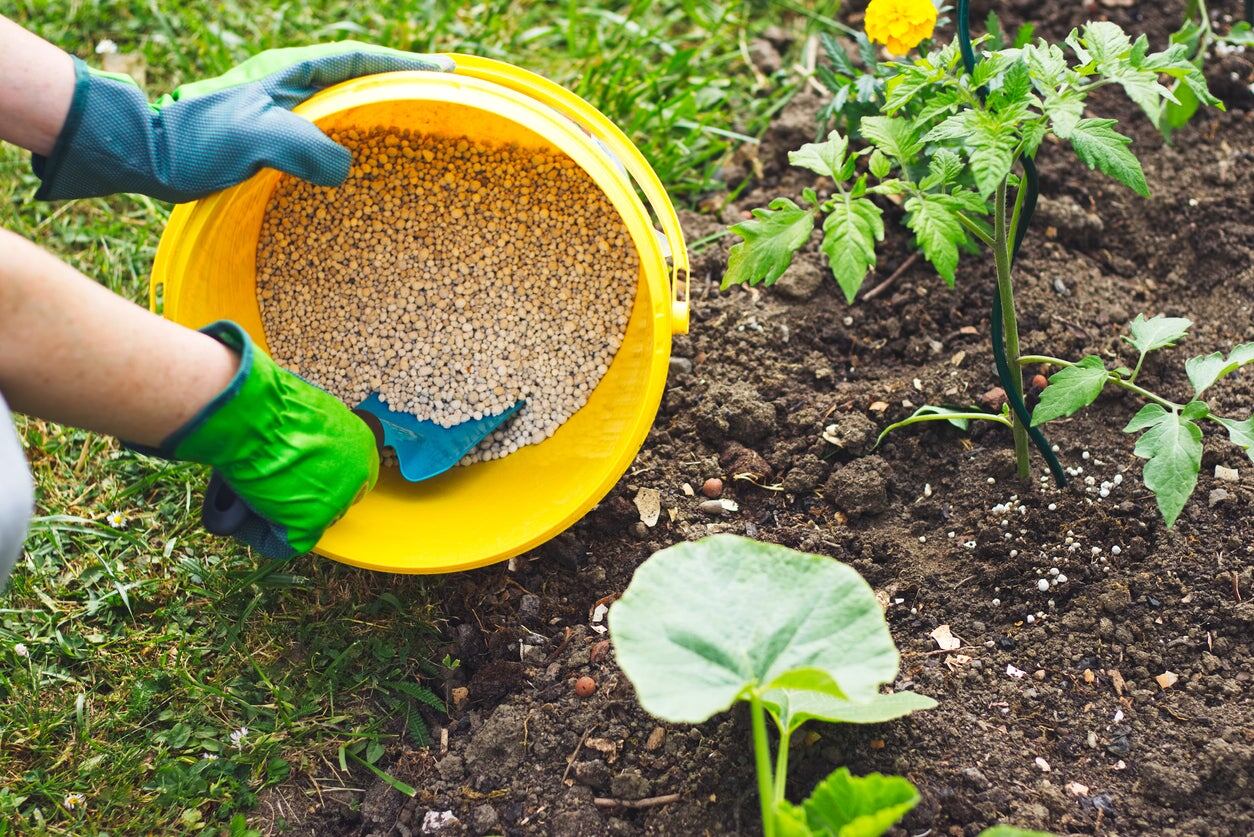
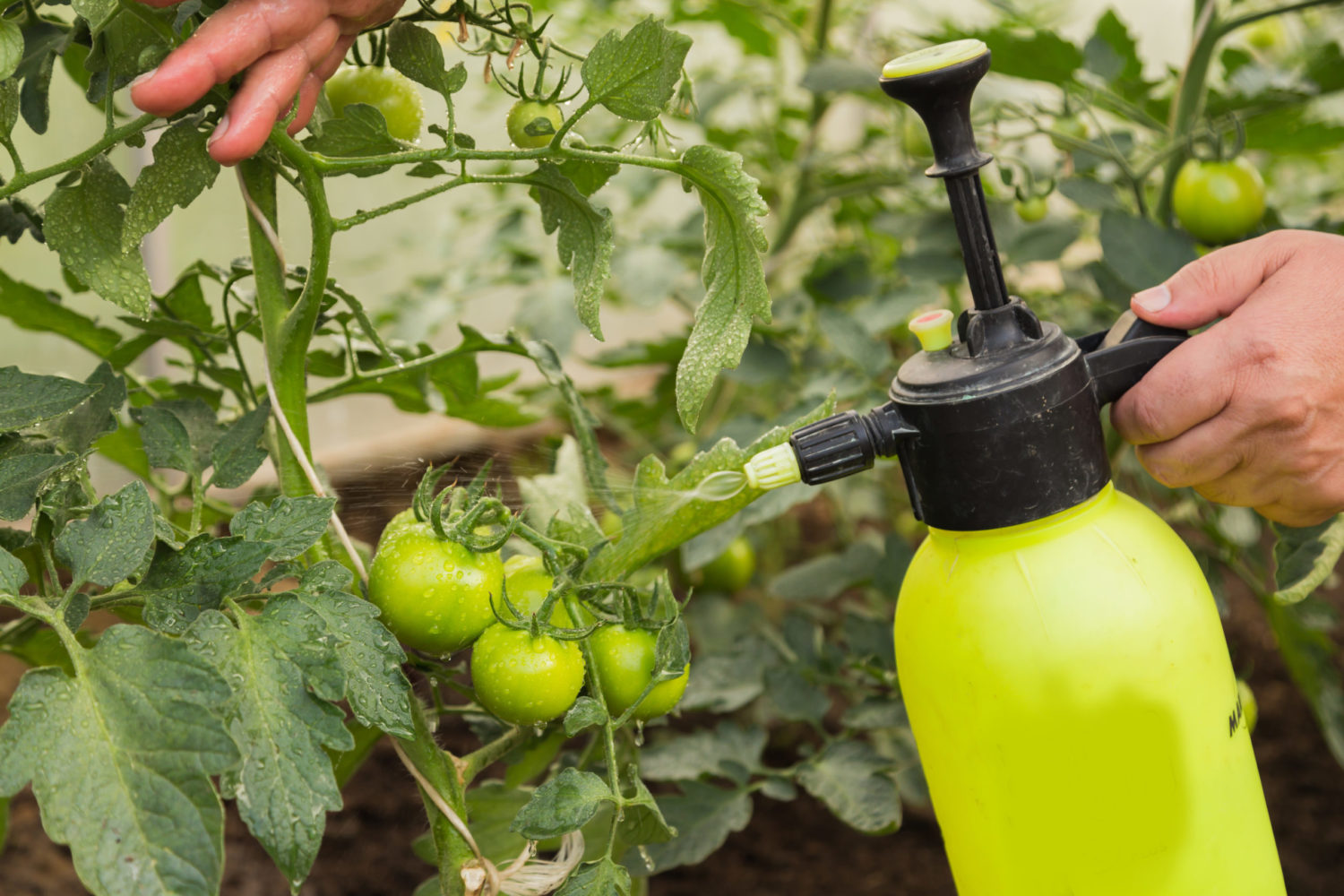
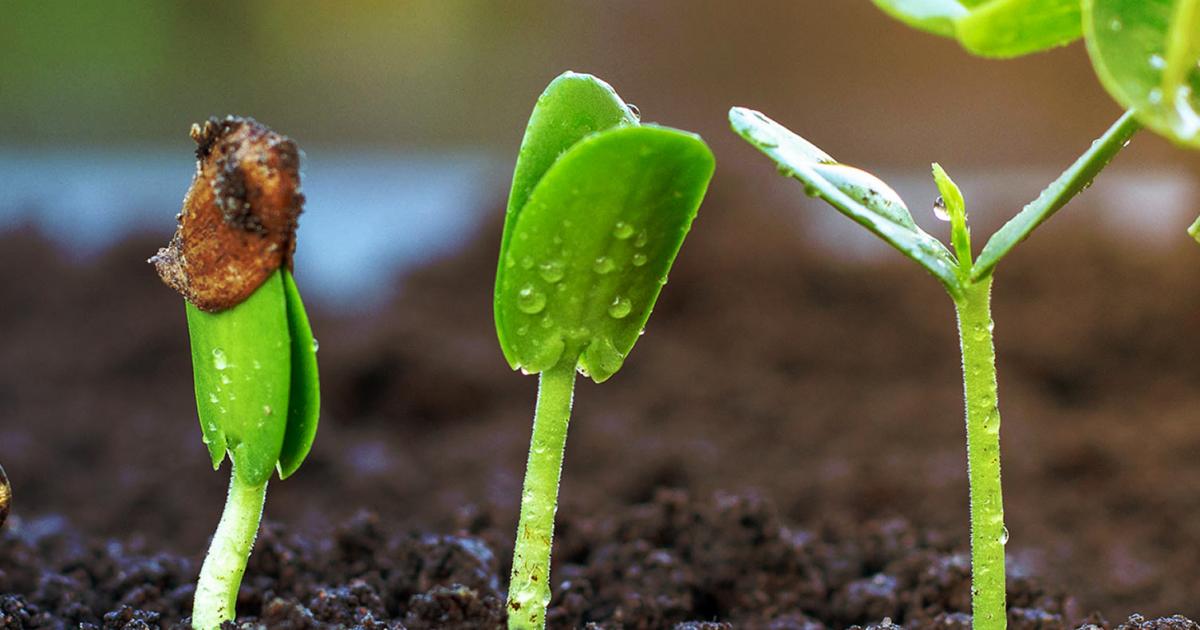
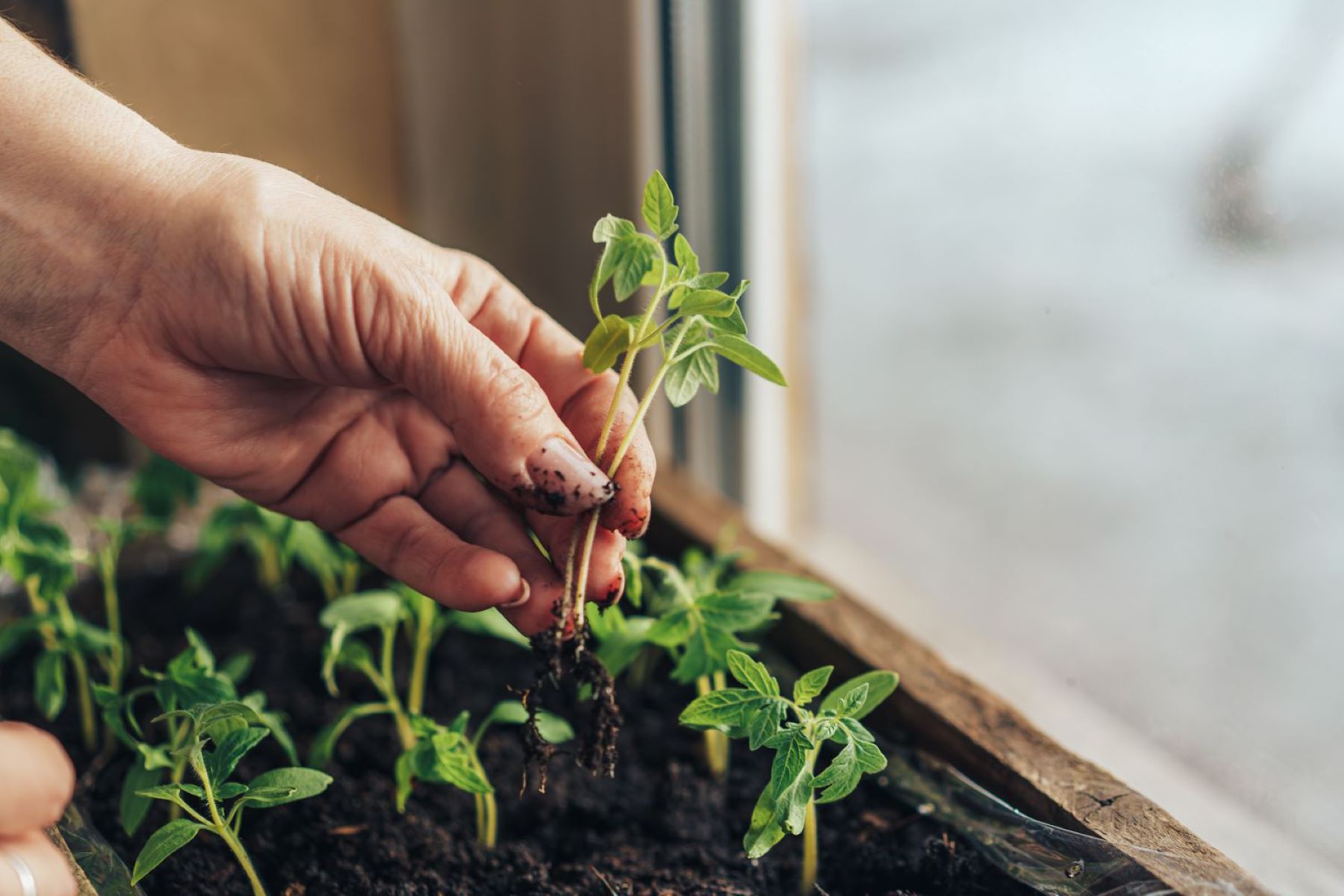
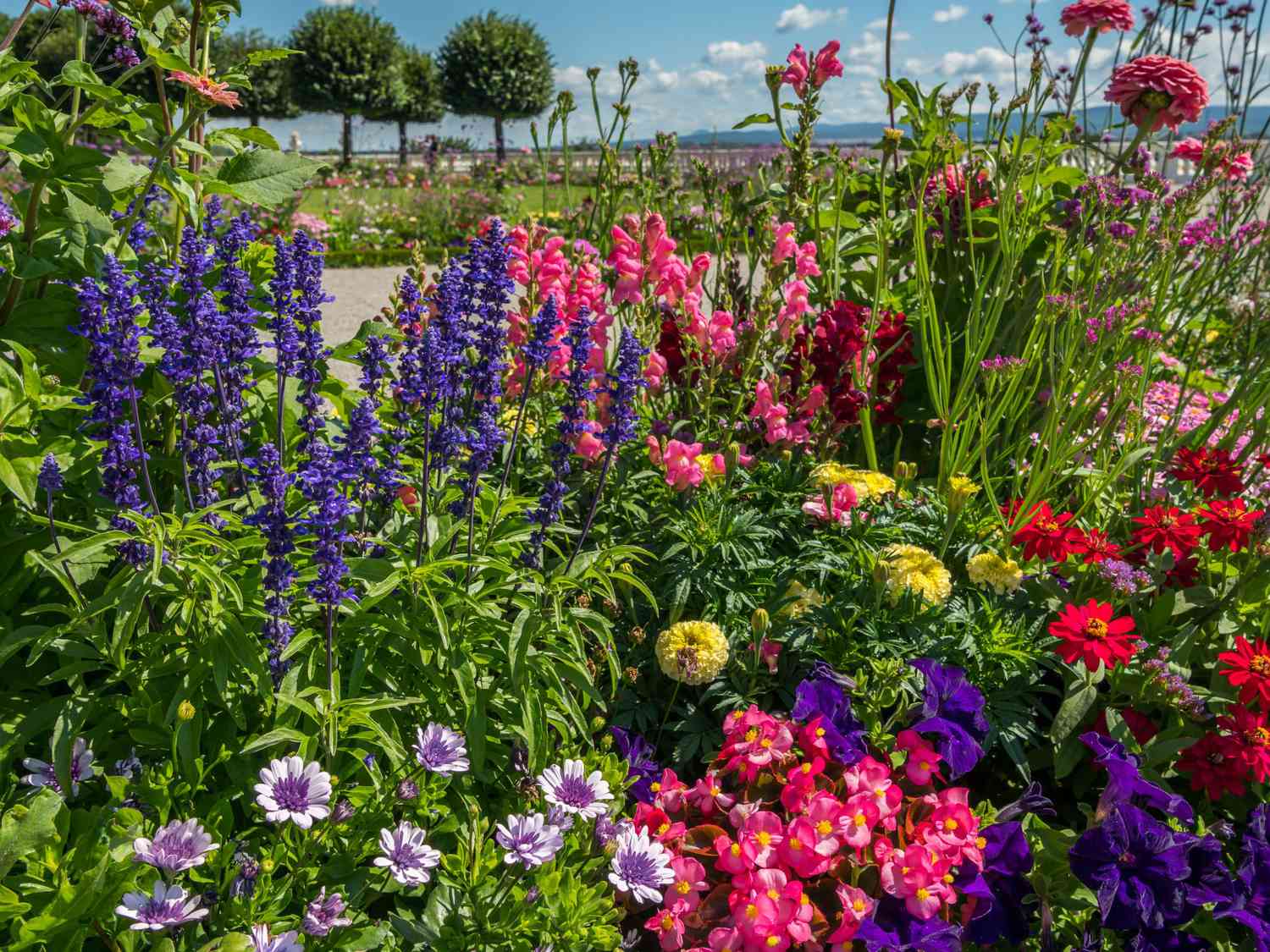
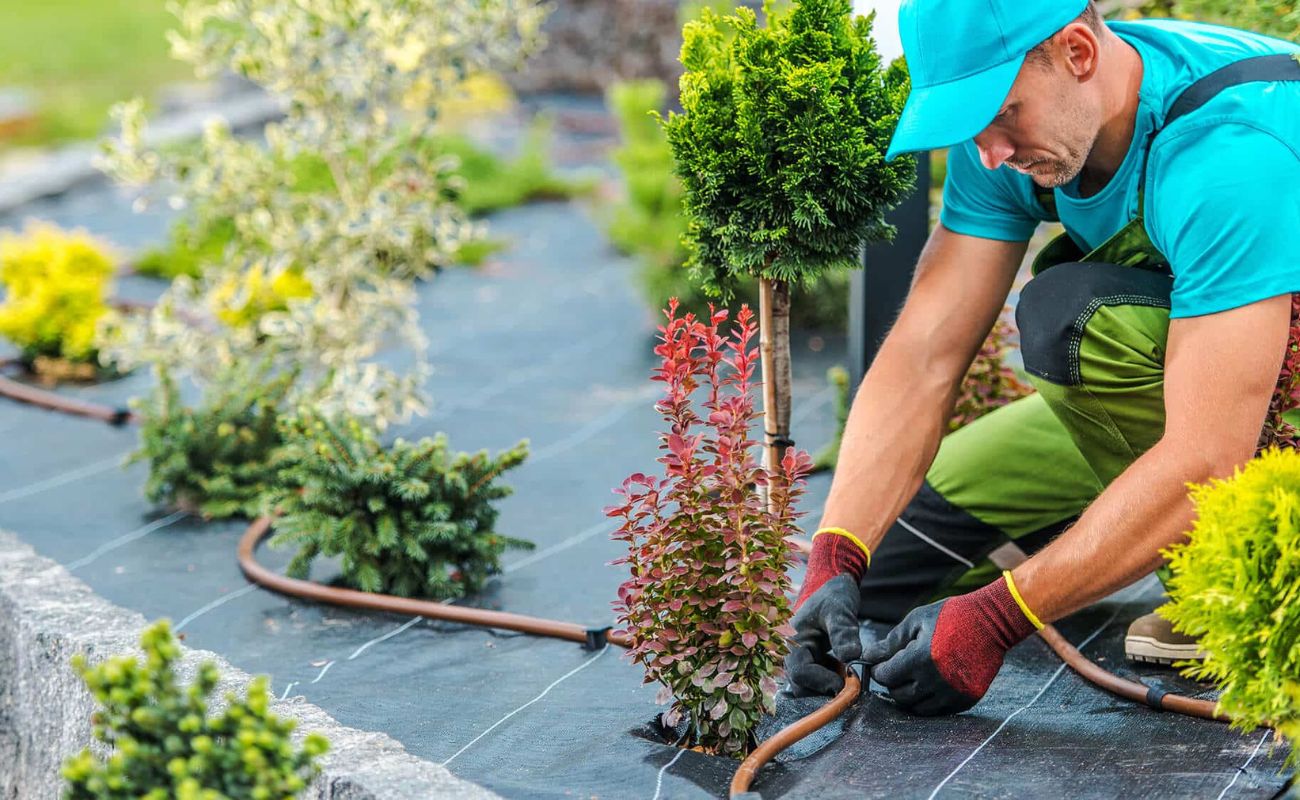
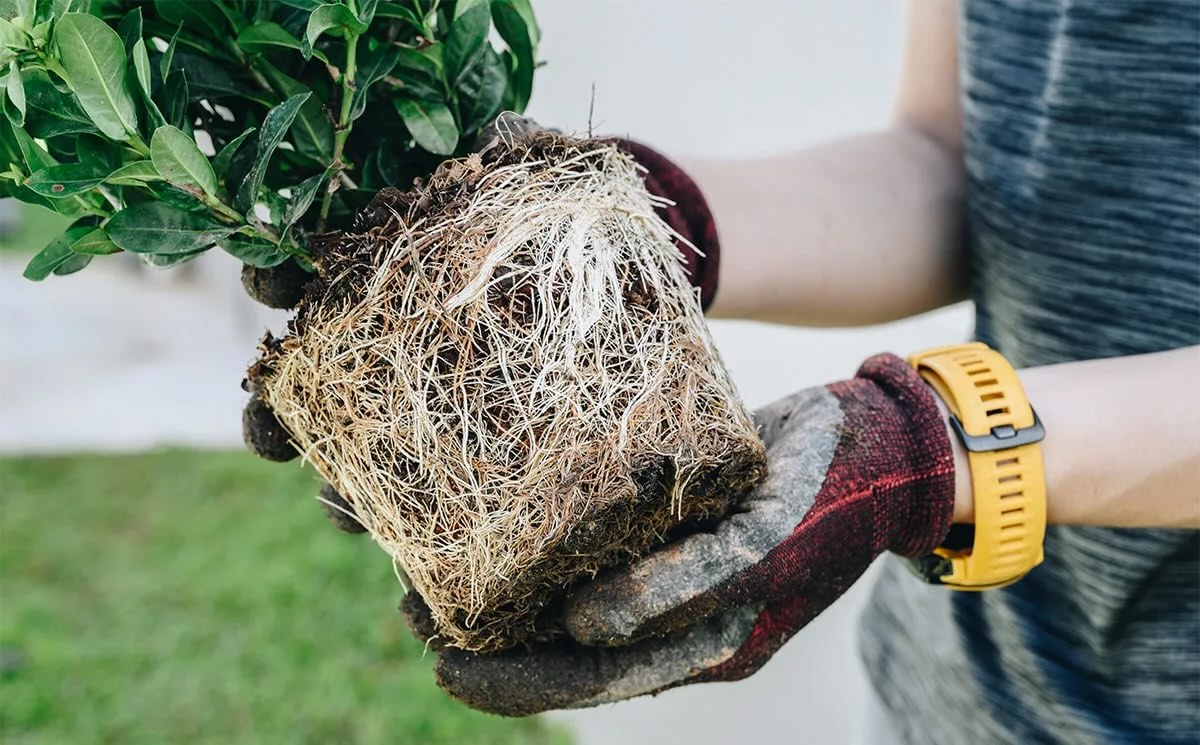
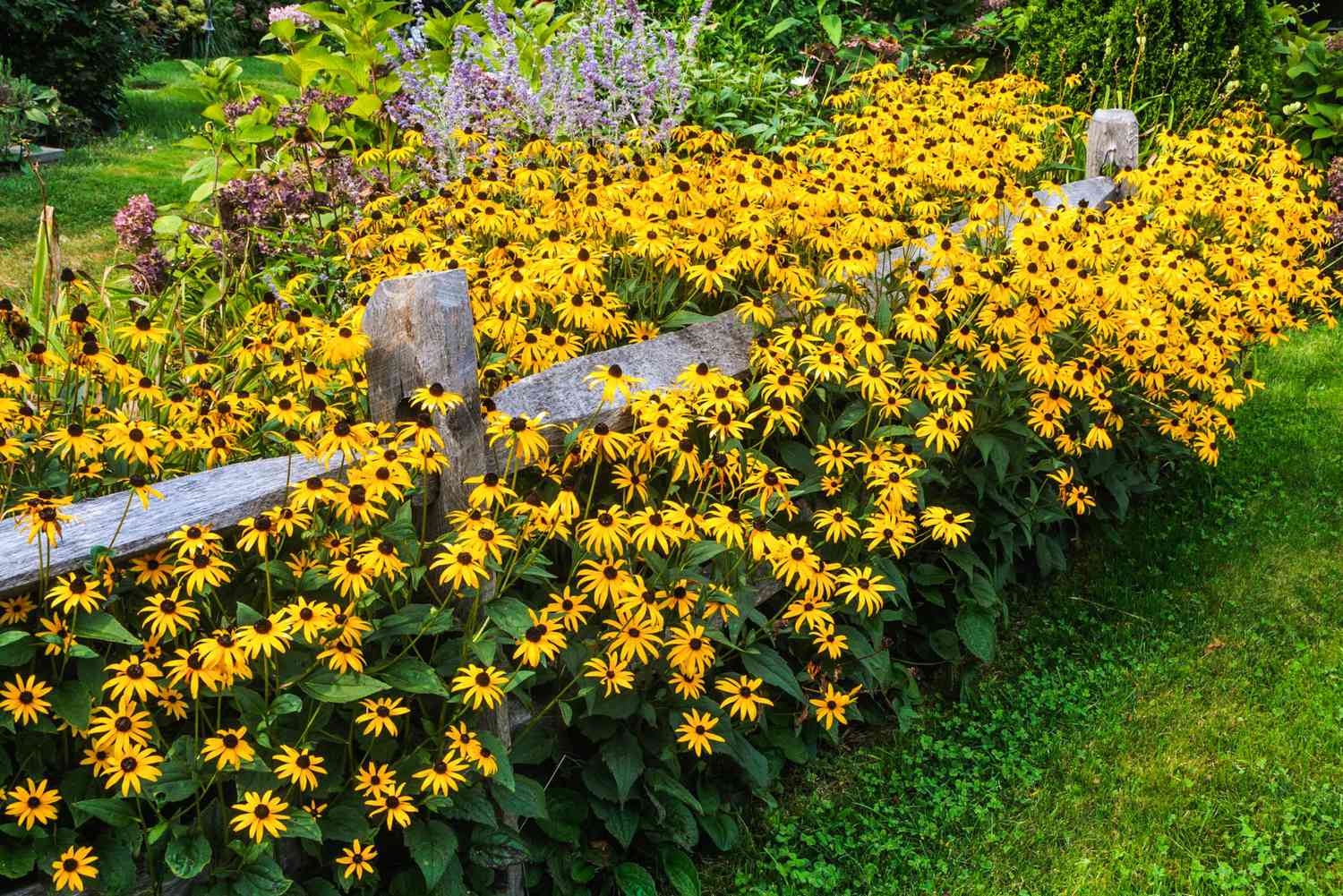
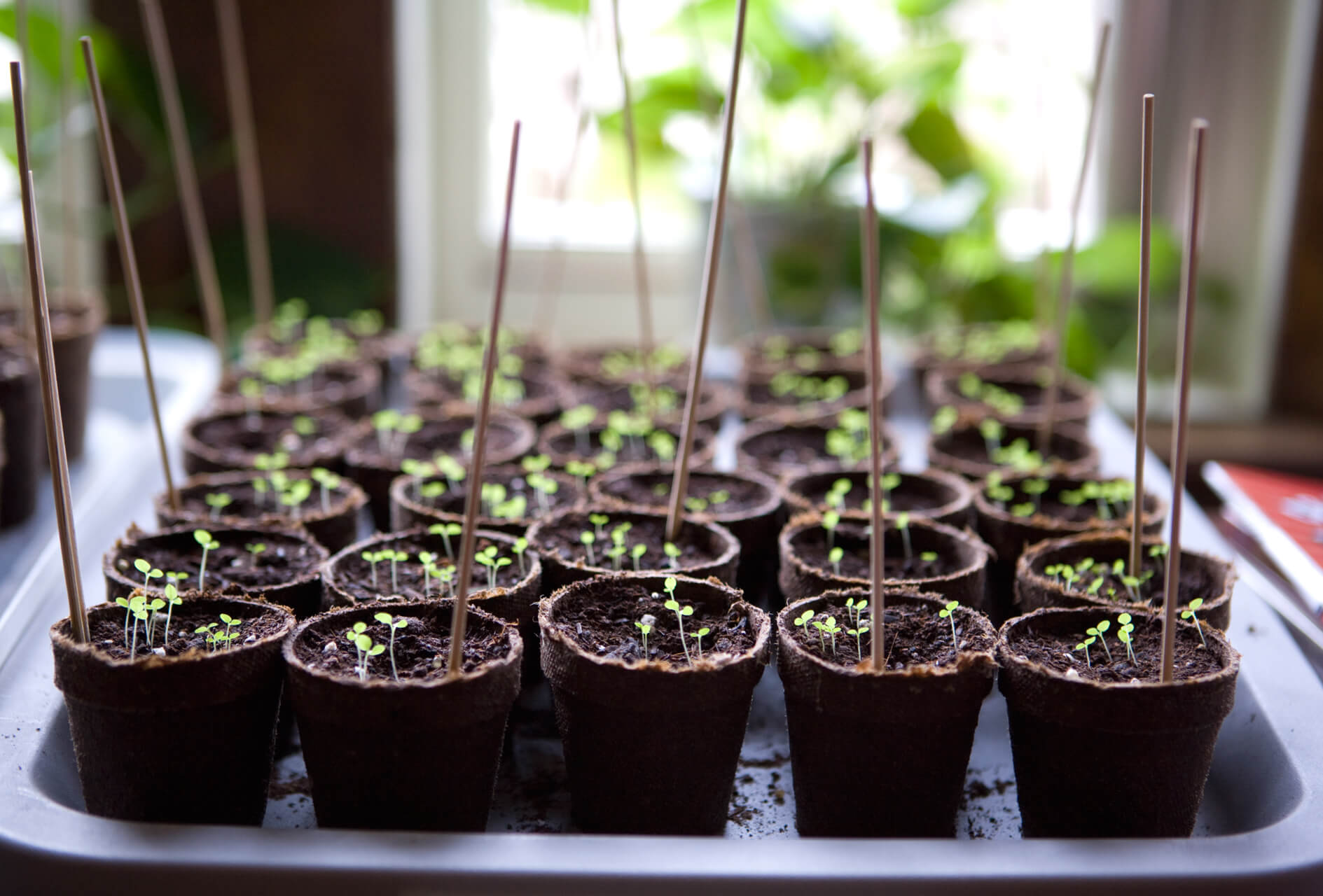
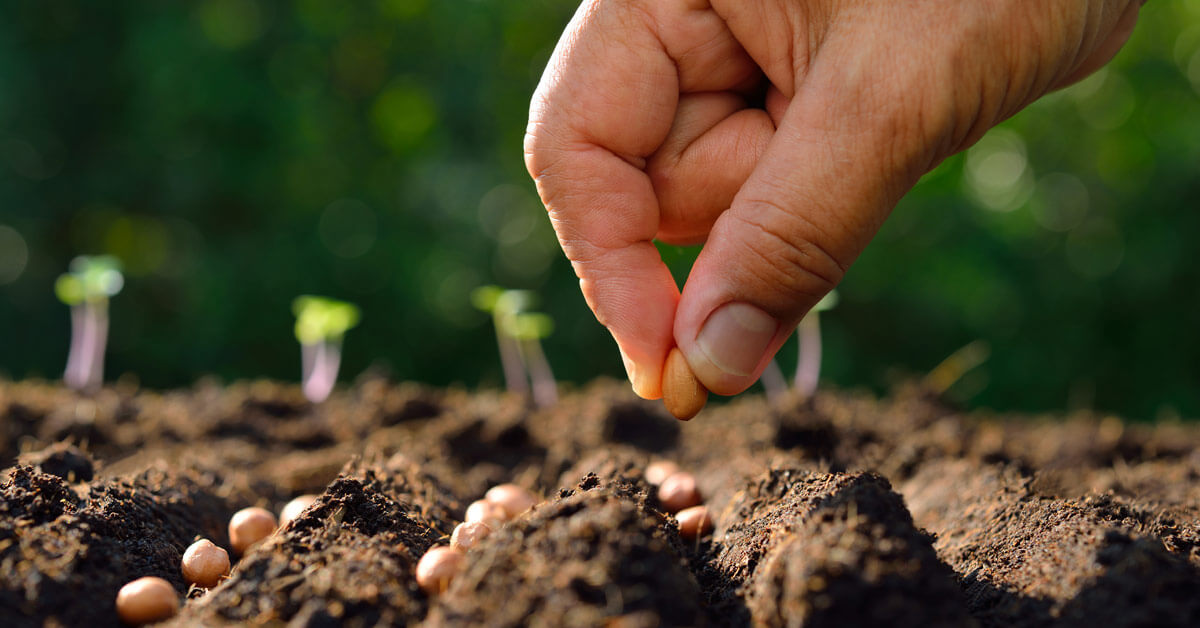
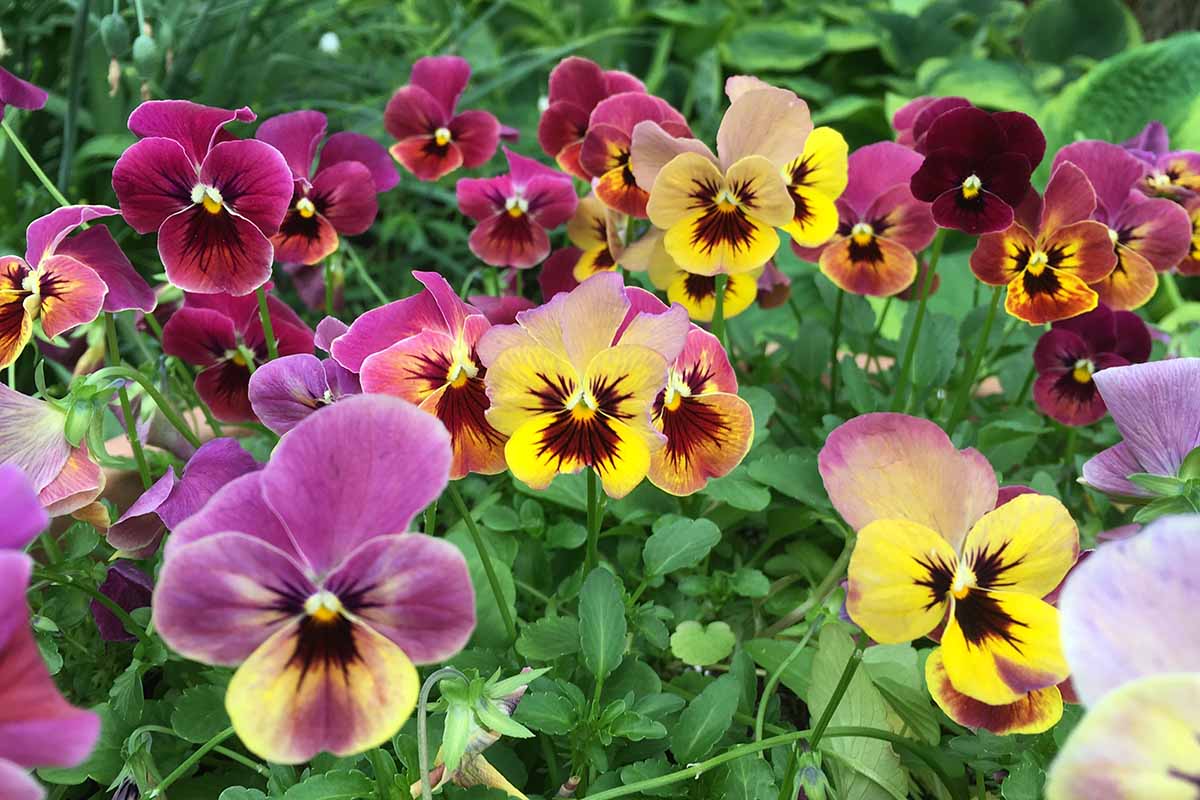
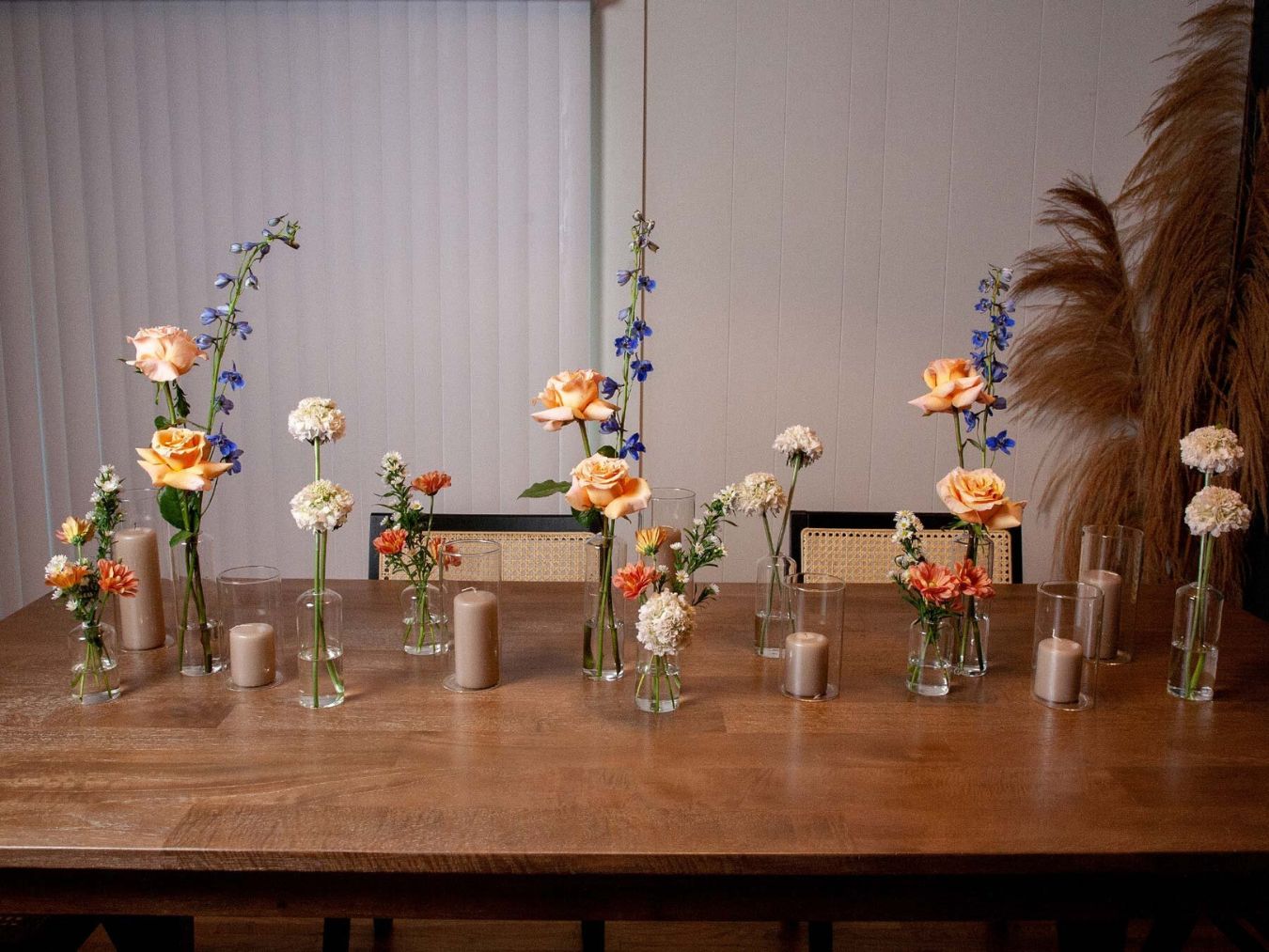
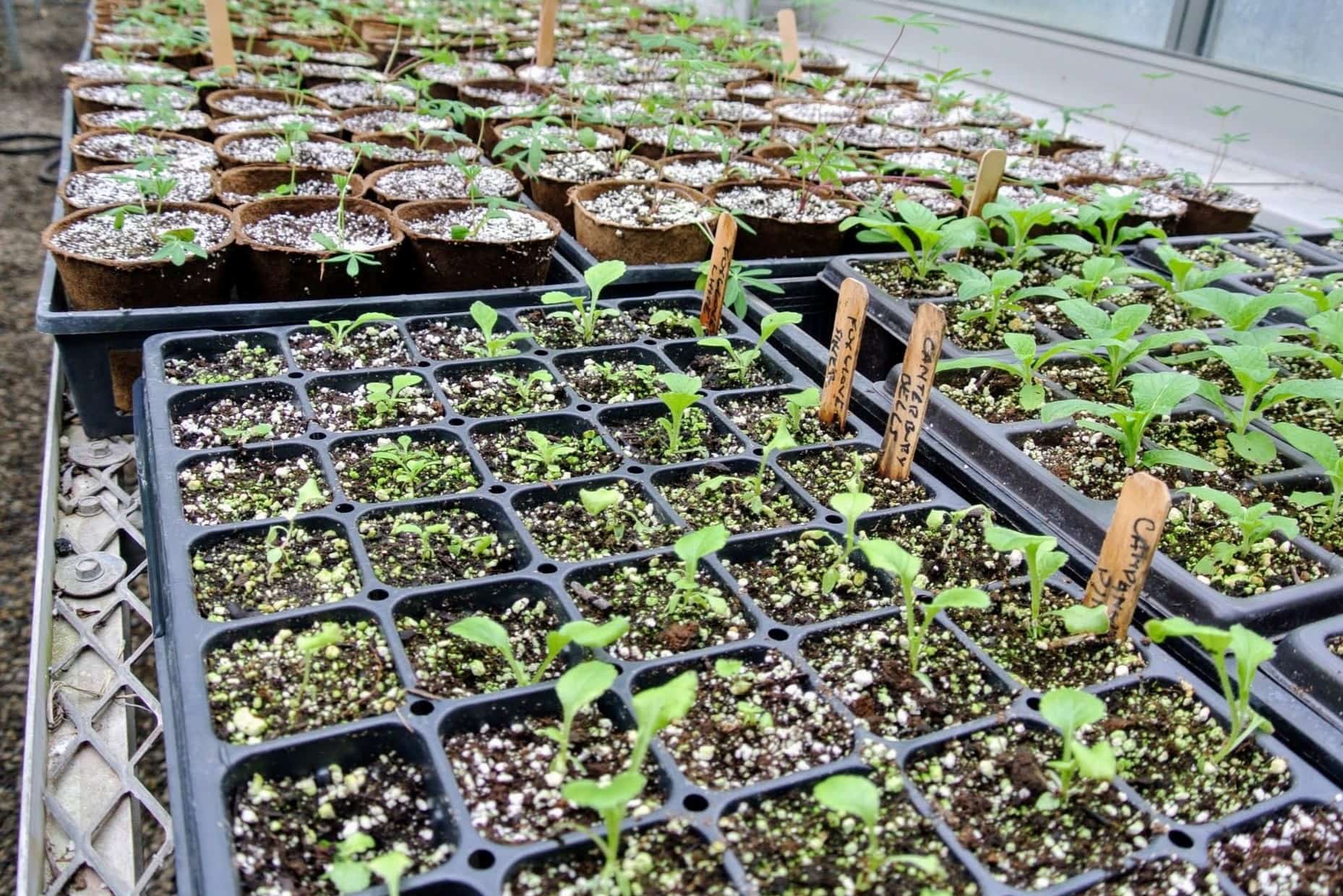
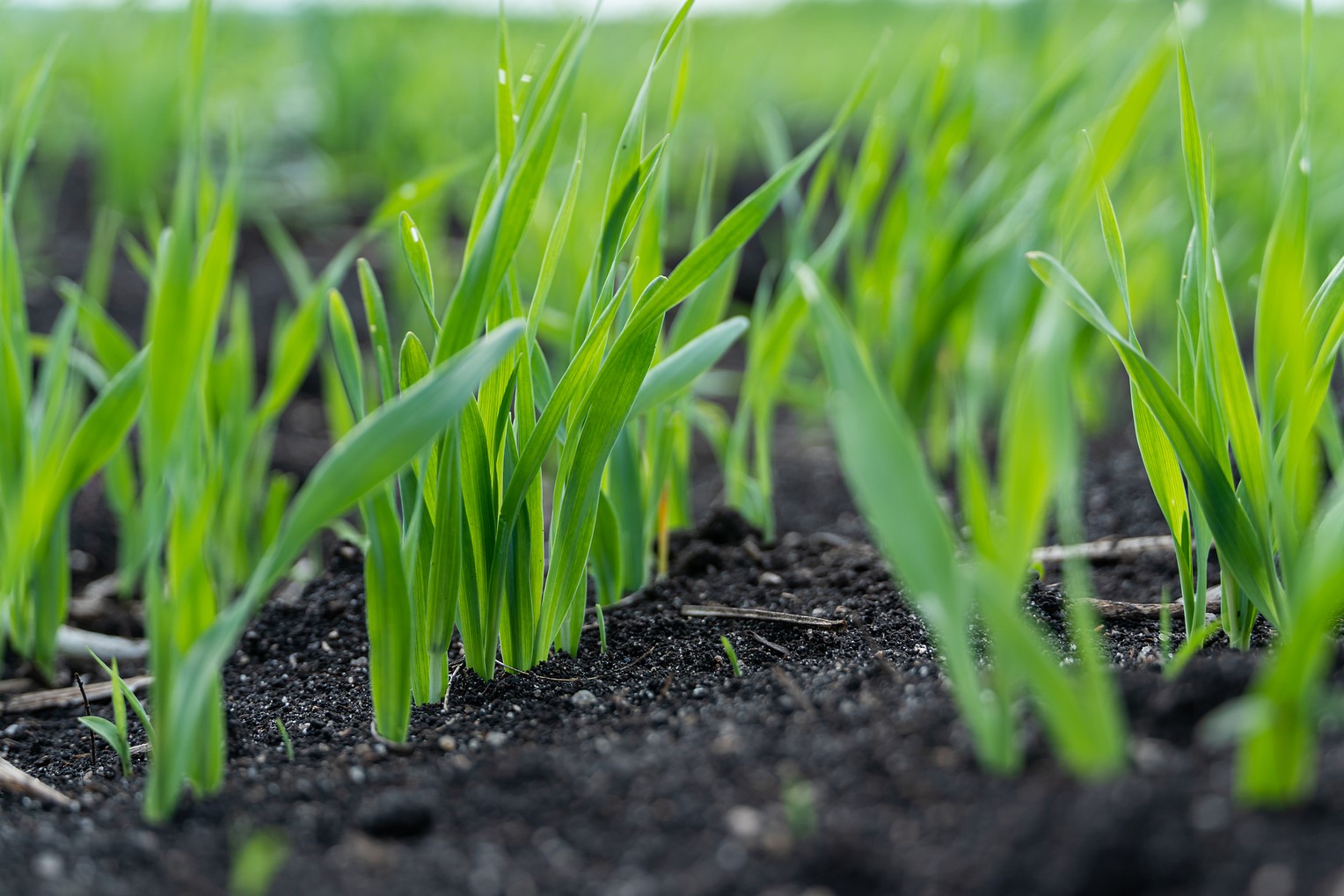

0 thoughts on “When Will Outdoor Plants Start Budding”